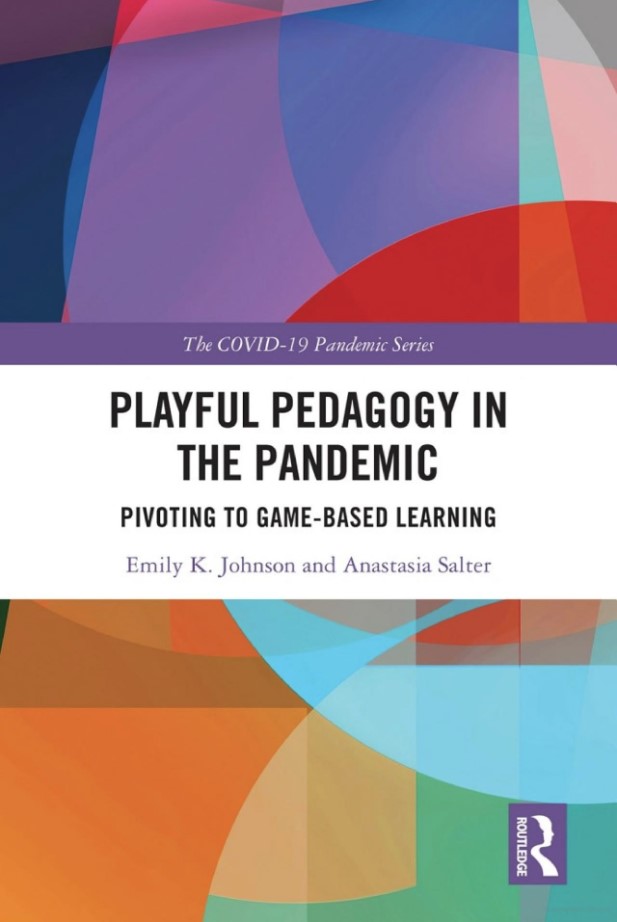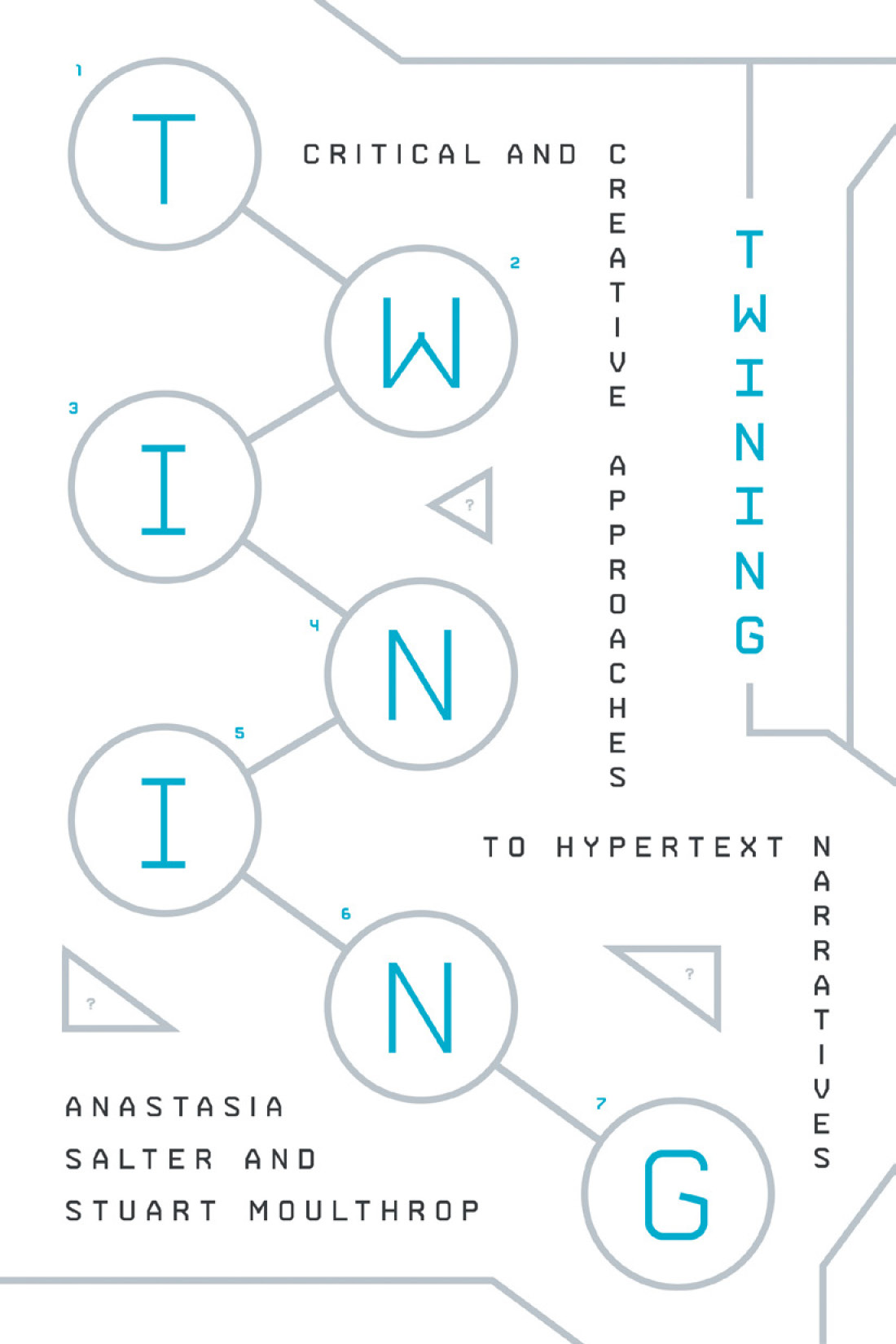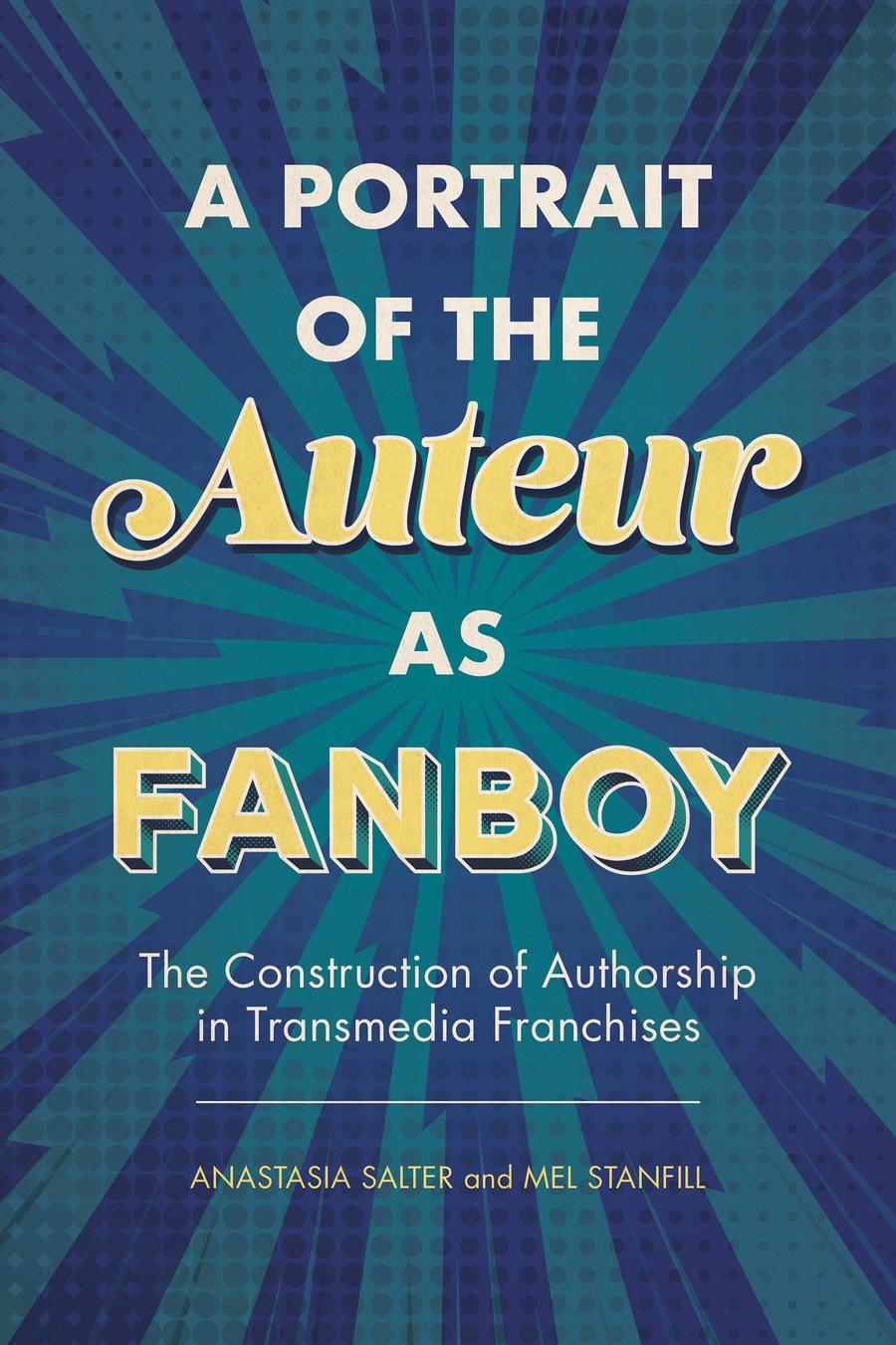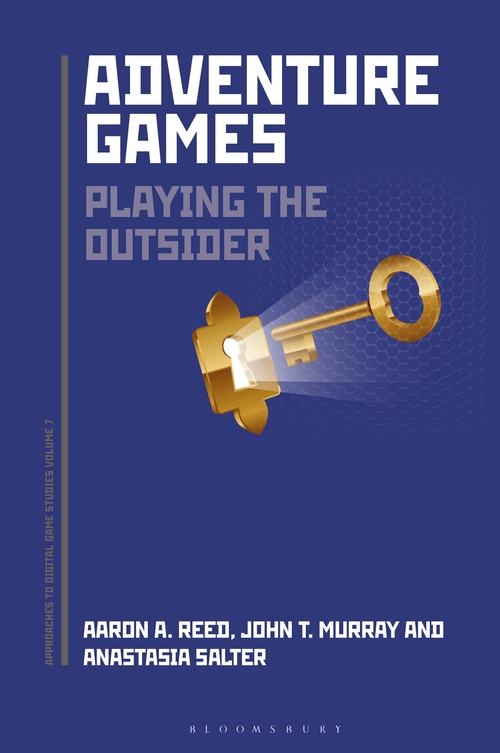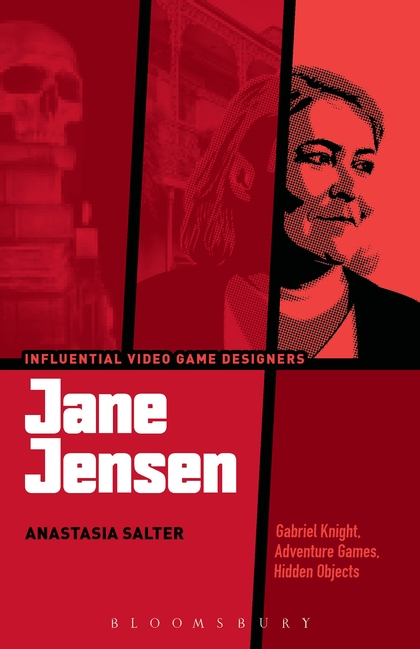🆕 Latest Books

Undertale: Can a Game Give Hope? 🎮
Anastasia Salter
An exploration of the 2015 indie game sensation that invited players to rethink their relationship with gaming through empathy, choice, and intentional human design in a post-GamerGate world.
🛒 Order from University of Chicago Press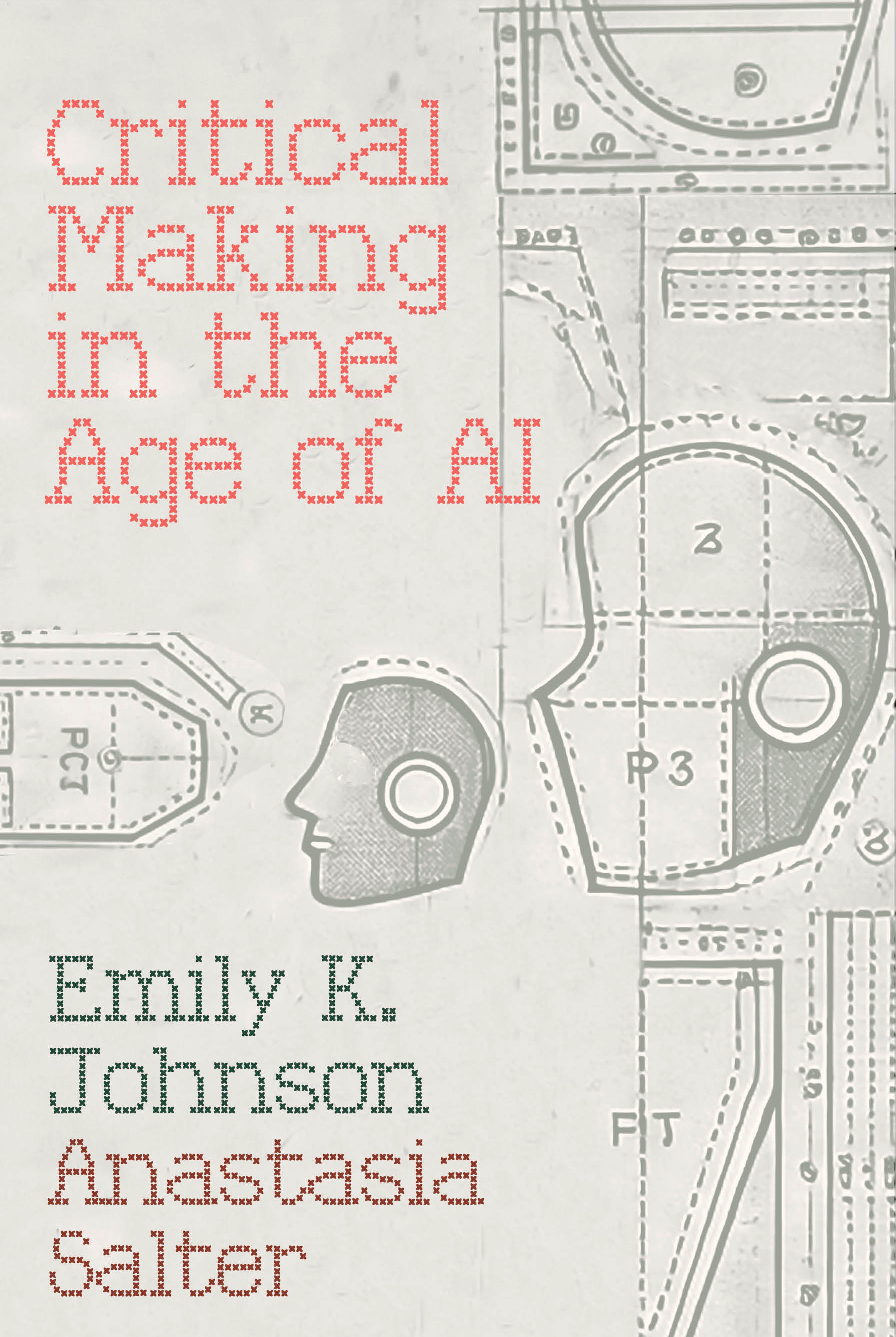
Critical Making in the Age of AI 🤖
Emily K. Johnson and Anastasia Salter
A guide to digital methods that combines craft traditions with scholarly communication, featuring patterns for making comics, games, and AI-generated content.
📖 Read Open Access